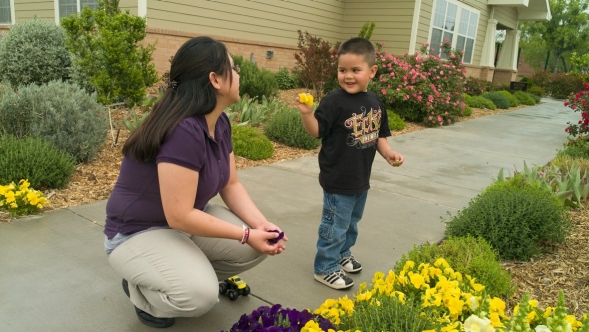Partner Finder
Chronic health divisions at state public health departments are interested in partnering with the community development sector to improve health outcomes in low- and moderate-income communities. NACEDA and the National Association of Chronic Disease Directors (NACDD) are working to foster these partnerships by educating our members about each others' work and providing opportunities for connection. Learn more and get connected.



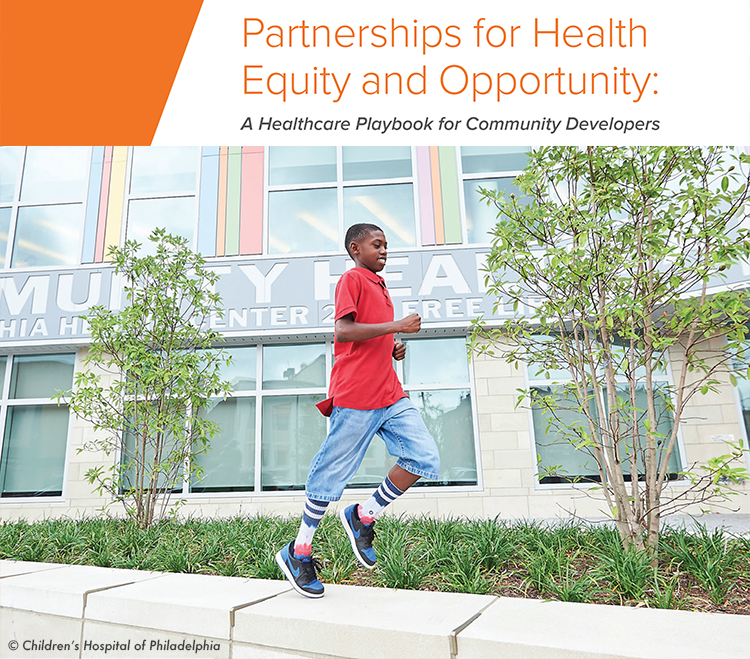
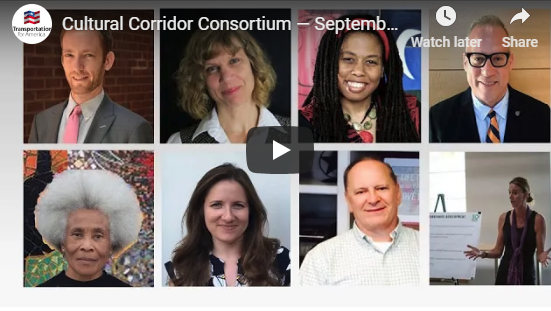
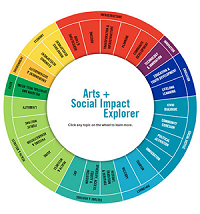
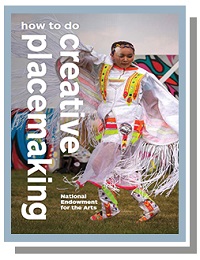
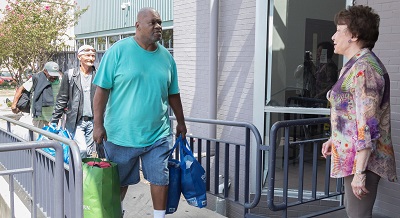 In just 10 days, New Hope Housing was able to transform an abandoned homeless shelter into temporary housing for hundreds living in the convention center after Hurricane Harvey.
In just 10 days, New Hope Housing was able to transform an abandoned homeless shelter into temporary housing for hundreds living in the convention center after Hurricane Harvey.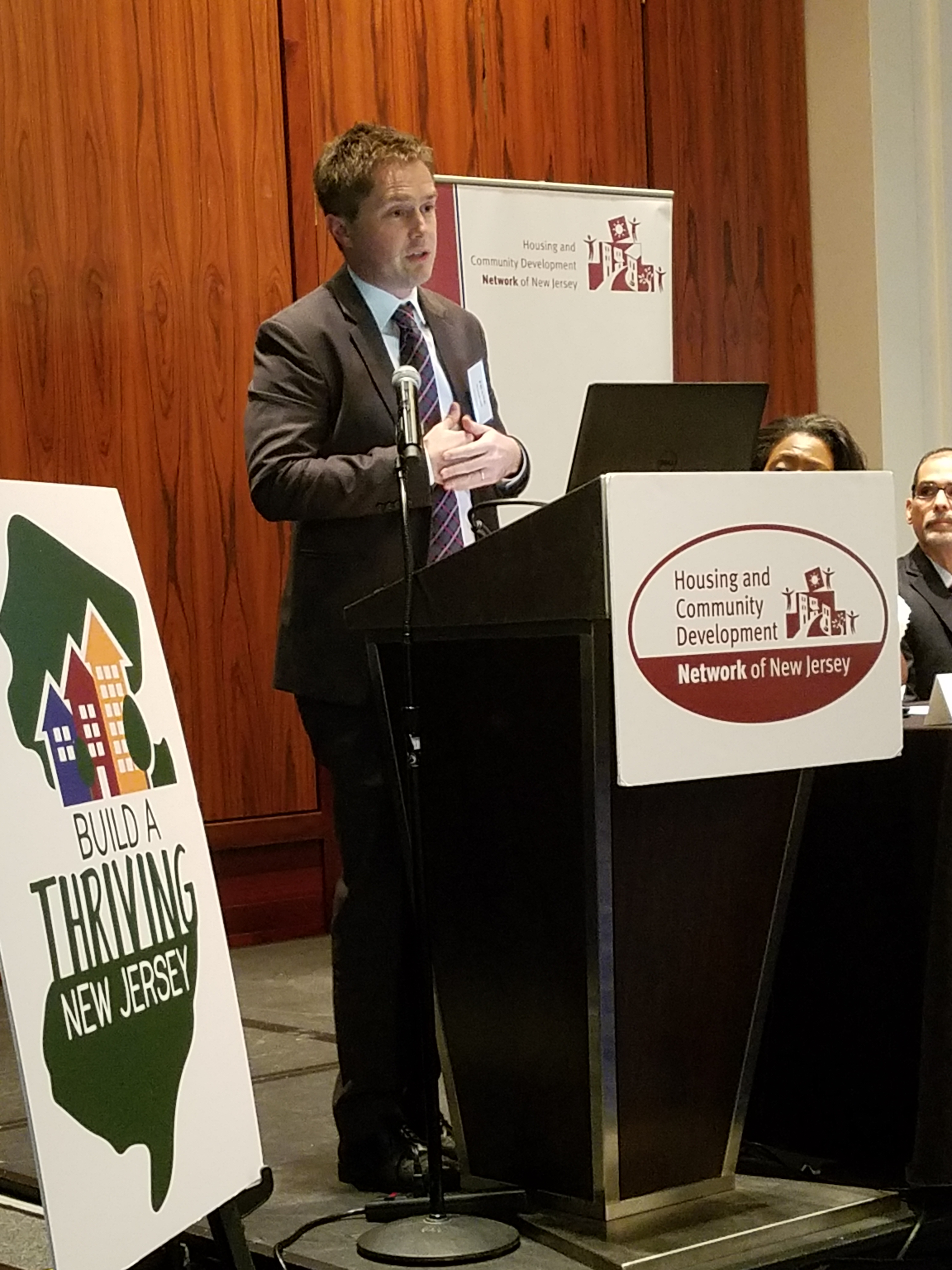
 Angela Mingo of Nationwide Children’s Hospital and Rev. John Edgar of Community Development for All People discuss their collaboration to address a major cause of poor health in their Columbus, Ohio neighborhood: substandard housing. Read the
Angela Mingo of Nationwide Children’s Hospital and Rev. John Edgar of Community Development for All People discuss their collaboration to address a major cause of poor health in their Columbus, Ohio neighborhood: substandard housing. Read the 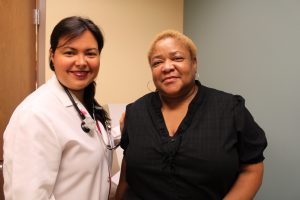 A health center in New Orleans has partnered with a legal services agency to better help patients by addressing the social determinants of health. This “medical-legal partnership” is part of a growing trend that’s taking place across the nation. Read the
A health center in New Orleans has partnered with a legal services agency to better help patients by addressing the social determinants of health. This “medical-legal partnership” is part of a growing trend that’s taking place across the nation. Read the 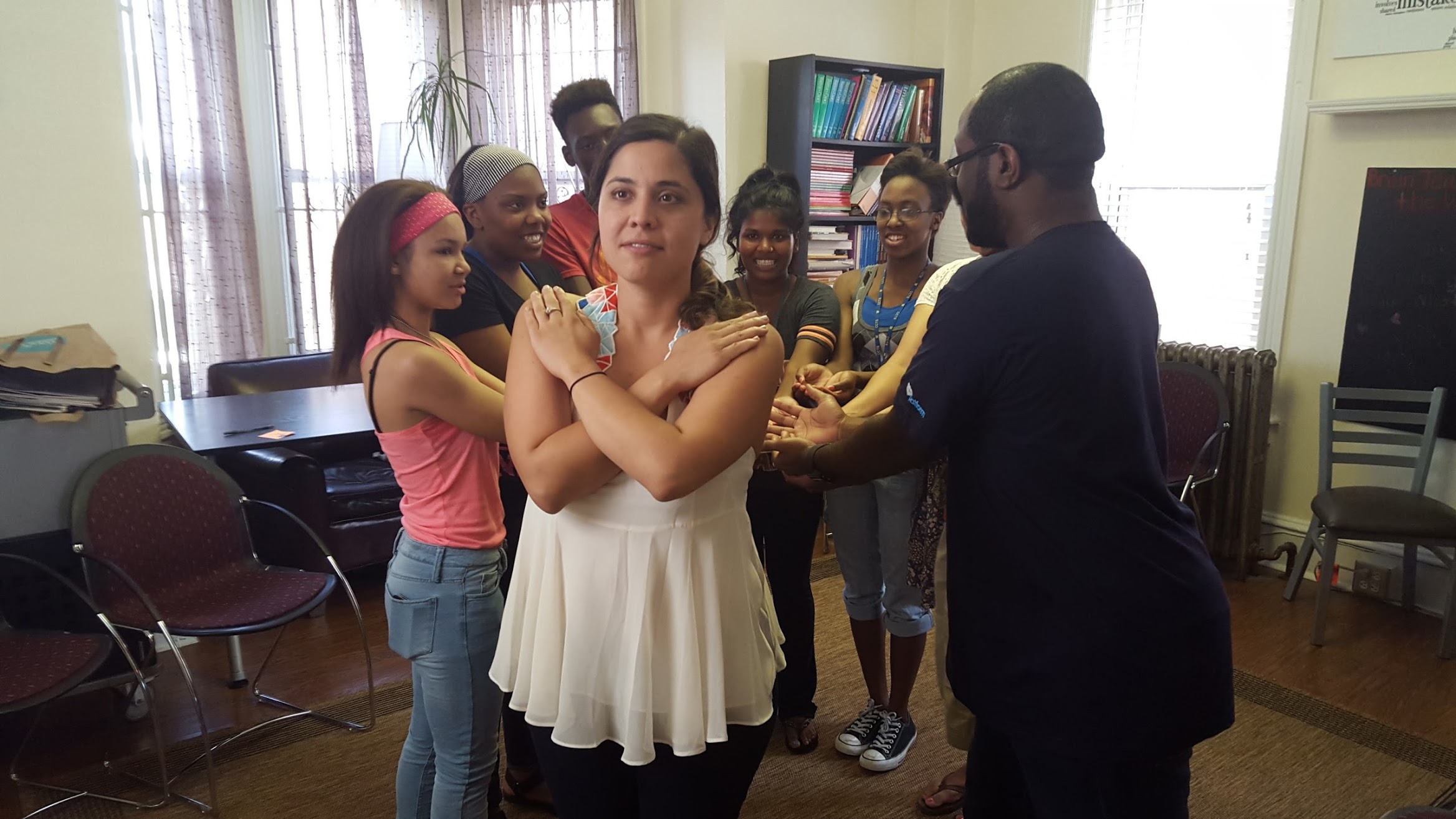 Learning from the health world’s understanding of trauma can create better outcomes for service organizations—and better workplaces too. Read the
Learning from the health world’s understanding of trauma can create better outcomes for service organizations—and better workplaces too. Read the 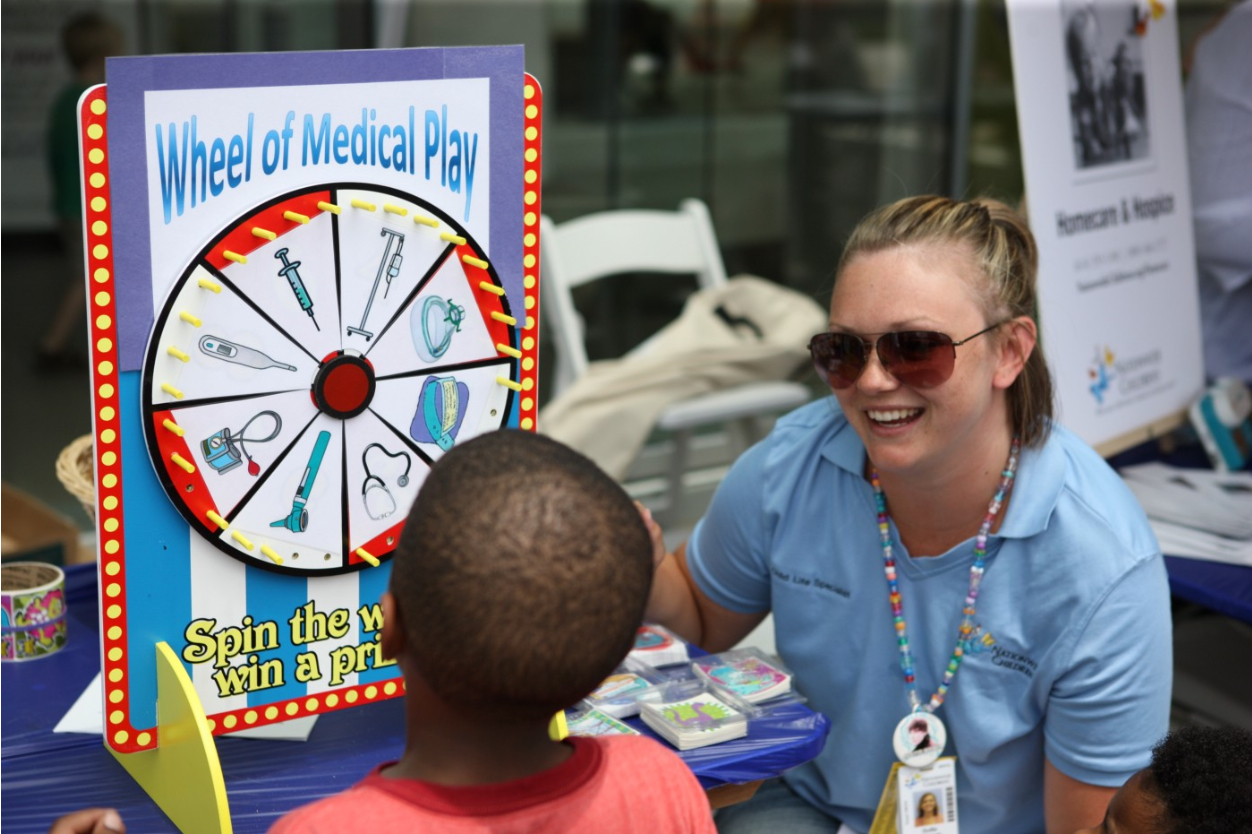
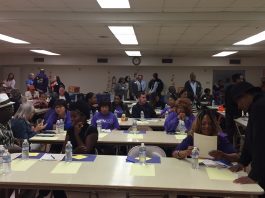 Non-Profit Housing Association of Northern California communications director Alina Harway converses with three county supervisors who were instrumental in moving affordable housing ballot measures forward in the California Bay Area by bringing in the health factor. Read the
Non-Profit Housing Association of Northern California communications director Alina Harway converses with three county supervisors who were instrumental in moving affordable housing ballot measures forward in the California Bay Area by bringing in the health factor. Read the 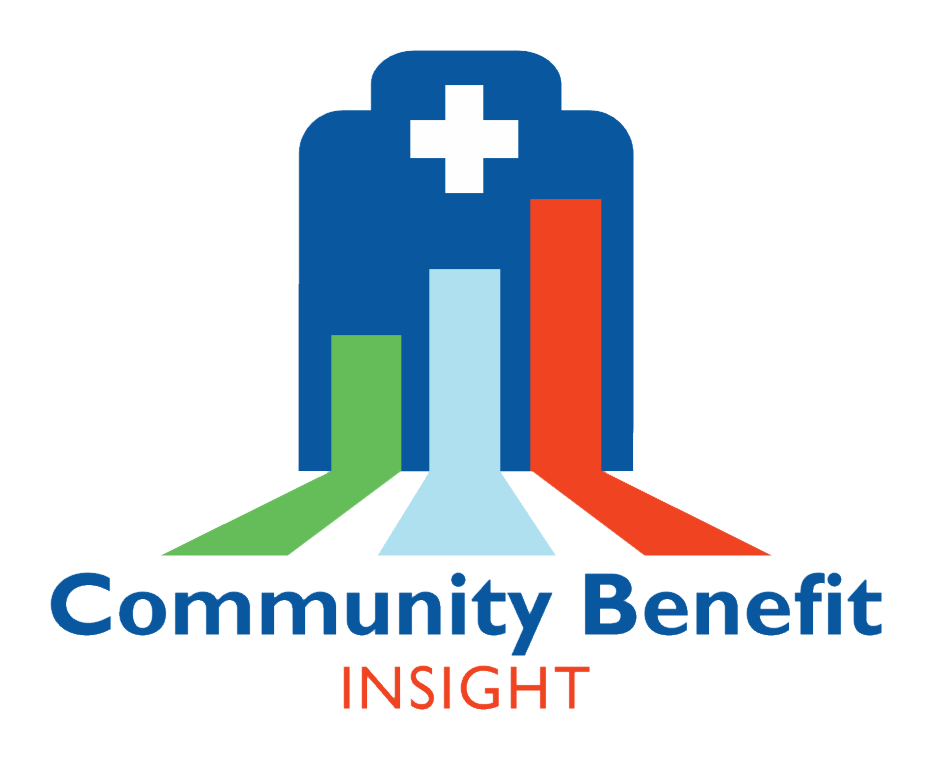 Using the
Using the 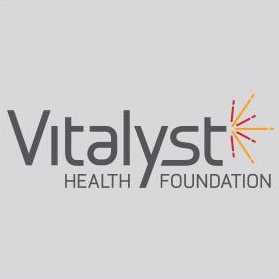 Nonprofit hospitals' community benefit requirements provide an opportunity for community developers to engage with hospitals. Use this
Nonprofit hospitals' community benefit requirements provide an opportunity for community developers to engage with hospitals. Use this 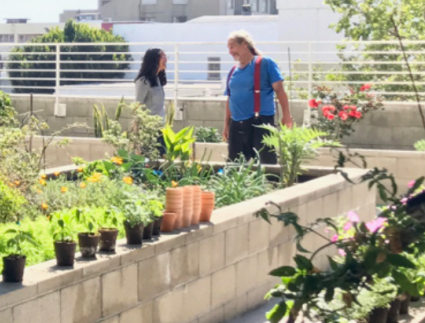 This
This 